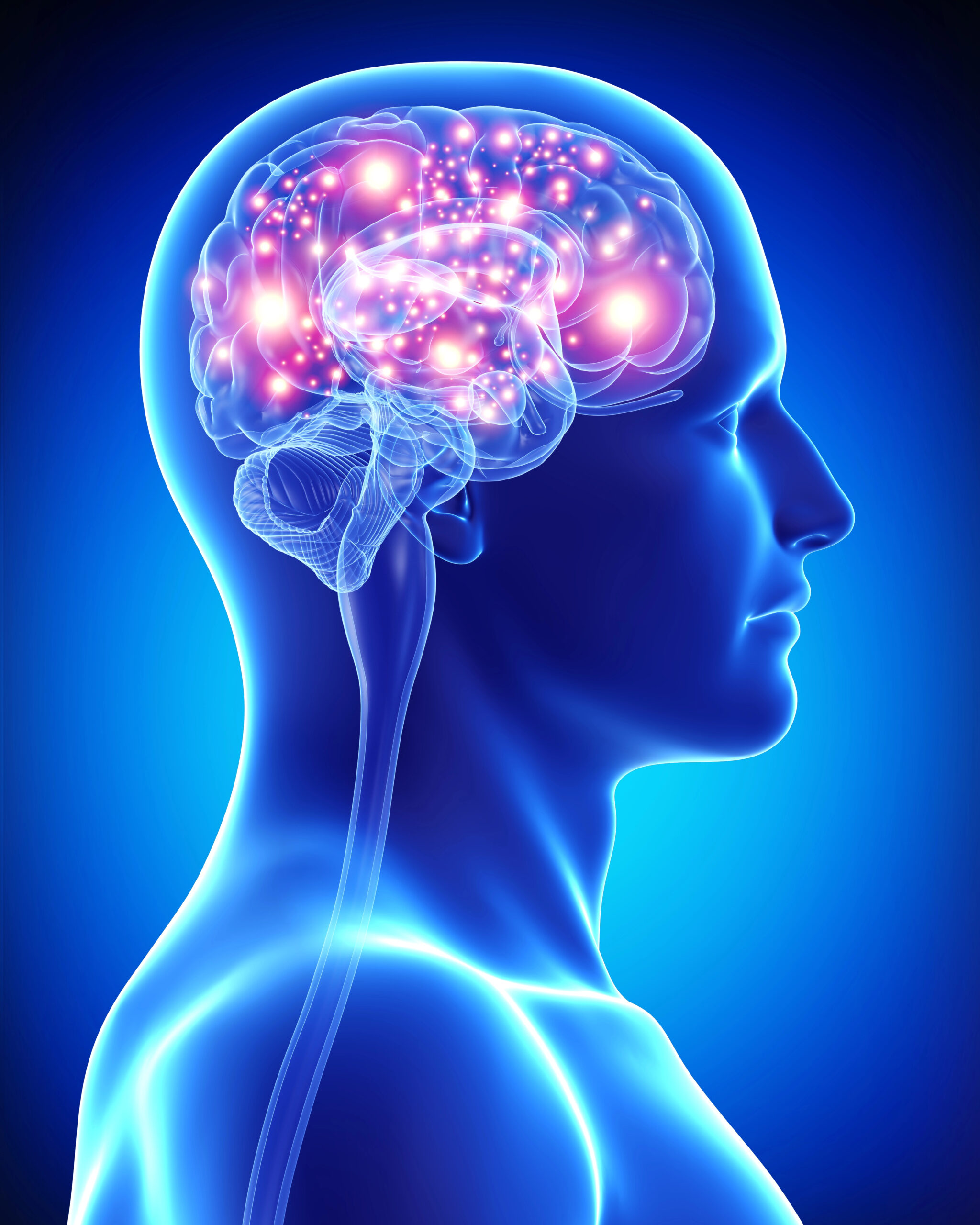The Growing Importance of Children’s Mental Health
In recent years, children’s mental health has gained attention due to rising rates of conditions such as anxiety, ADHD, and behavioral disorders. Many children struggle with these issues, which can significantly impact their learning, social relationships, and overall quality of life. Traditional treatment options, such as medication and therapy, have been beneficial but also come with their limitations. This has led to a growing interest in alternative therapies like neurofeedback, which is seen as a safer, drug-free option.
How Neurofeedback Therapy Works for Children
The human brain operates using electrical impulses that form different brainwave patterns, such as alpha, beta, delta, and theta waves. These patterns influence how a child thinks, feels, and behaves. For instance, excess theta waves may be associated with daydreaming and lack of focus, while an overabundance of beta waves can cause anxiety and hyperactivity.
Neurofeedback works by training children to modify these brainwaves. During a neurofeedback session, the child is engaged in a task, such as watching a video, and their brainwaves are monitored. When the brain produces the desired brainwave pattern, the video may play smoothly. When the brainwaves are out of balance, the video may dim, providing feedback to the child. Over time, this process helps the brain learn to produce more balanced brainwave patterns.
The Science Behind Neurofeedback Therapy
A growing body of peer-reviewed research supports the effectiveness of neurofeedback therapy, especially in children with ADHD, anxiety, and behavioral issues. Studies have shown significant improvements in attention, IQ scores, and behavioral regulation after a series of neurofeedback sessions.
A study published in the Journal of Child Psychology and Psychiatry demonstrated that children with ADHD who received neurofeedback therapy exhibited greater improvements in attention and impulse control compared to those in control groups. In another research article from Clinical EEG and Neuroscience, children who underwent neurofeedback training showed increased beta brainwave activity, correlating with enhanced focus and problem-solving skills.
Improvement in IQ through Neurofeedback
One of the most exciting aspects of neurofeedback is its potential to increase IQ levels in children. A study published in the journal Applied Psychophysiology and Biofeedback found that children who participated in neurofeedback sessions experienced an average IQ increase of 10-12 points. This improvement is thought to result from enhanced cognitive processing and increased neural plasticity — the brain’s ability to adapt and reorganize itself.
The boost in IQ is particularly beneficial for children with learning disabilities or those struggling in academic environments. By improving their cognitive function, children often find schoolwork easier to manage, which can lead to better academic performance.
Neurofeedback’s Impact on Attention
Neurofeedback has been particularly effective in helping children with attention disorders like ADHD. ADHD affects a child’s ability to focus, stay organized, and regulate their impulses, which can lead to challenges in school and at home.
According to a study published in the journal NeuroRegulation, children who underwent neurofeedback showed a significant reduction in inattentive behaviors and hyperactivity. Many of these children were able to reduce or eliminate their reliance on ADHD medications. The study noted that neurofeedback improved the children’s ability to concentrate on tasks for longer periods and enhanced their overall cognitive flexibility, a key factor in managing ADHD symptoms.
Behavioral Changes in Children Using Neurofeedback
Neurofeedback therapy is not just limited to improving cognitive functions like attention or IQ. It also has profound effects on behavior. Children who struggle with emotional dysregulation, aggression, or impulsivity have seen marked improvements after neurofeedback sessions.
Research published in the Journal of Attention Disorders indicated that children with oppositional defiant disorder (ODD) or conduct disorder who participated in neurofeedback training showed fewer instances of aggressive behavior and improved social interactions. This suggests that neurofeedback may play a crucial role in helping children learn to self-regulate their emotions and impulses.
Long-Term Effects of Neurofeedback Therapy
One of the major benefits of neurofeedback is its potential for long-term positive outcomes. Unlike medications that may only offer temporary symptom relief, neurofeedback aims to create lasting changes in brain function. Studies show that many children continue to experience improved mental health and cognitive abilities months or even years after completing neurofeedback therapy.
In a longitudinal study conducted by Pediatrics, children who completed neurofeedback training showed sustained improvements in both behavior and academic performance two years after their sessions. This highlights the potential of neurofeedback as a long-term solution for children struggling with mental health issues.
Comparing Neurofeedback with Traditional Therapies
Many parents wonder how neurofeedback stacks up against more traditional interventions, such as medication or cognitive behavioral therapy (CBT). While medication can be effective in managing symptoms, it often comes with side effects, and the benefits cease once the child stops taking the drug. Neurofeedback, on the other hand, seeks to address the root of the problem by retraining the brain to function more optimally and has long-term benefits.
CBT, while highly beneficial for many mental health conditions, relies heavily on the child’s ability to engage in therapy sessions and implement learned strategies. Neurofeedback, by contrast, works directly with the brain’s electrical activity, often requiring less conscious effort on the child’s part.
Success Stories: Real-Life Applications
Many parents report dramatic improvements in their children’s behavior, academic performance, and emotional well-being after undergoing neurofeedback therapy. One mother shared that her son, diagnosed with ADHD and anxiety, was able to reduce his medication dosage significantly after completing neurofeedback sessions. His teachers also noticed that he was more attentive in class and less prone to disruptive outbursts.
In another case study published in Frontiers in Human Neuroscience, a child with severe anxiety and insomnia saw significant improvement in both areas after just a few weeks of neurofeedback therapy.
Summary
Neurofeedback therapy presents a promising, non-invasive option for improving children’s mental health. Its ability to enhance attention, behavior, and even cognitive functions like IQ sets it apart from traditional treatments. By retraining the brain’s electrical activity, neurofeedback empowers children to manage conditions such as ADHD, anxiety, and behavioral challenges without relying on medication.
Sources
1. Gevensleben et al. (2009). Is neurofeedback an efficacious treatment for ADHD? A randomized controlled clinical trial.
2. Applied Psychophysiology and Biofeedback: Results of Neurofeedback in Treatment of Children with ADHD
3. Biederman et al. (2012). Effects of neurofeedback on the dysregulation profile in children with ADHD.
4. Duric, N. S. et al. (2014). Self-reported efficacy of neurofeedback treatment in a clinical randomized controlled study of ADHD children and adolescents.
5. Dobrakowski, P., & Lebecka, G. (2020). Individualized neurofeedback training may help achieve long-term improvement of working memory in children with ADHD.





